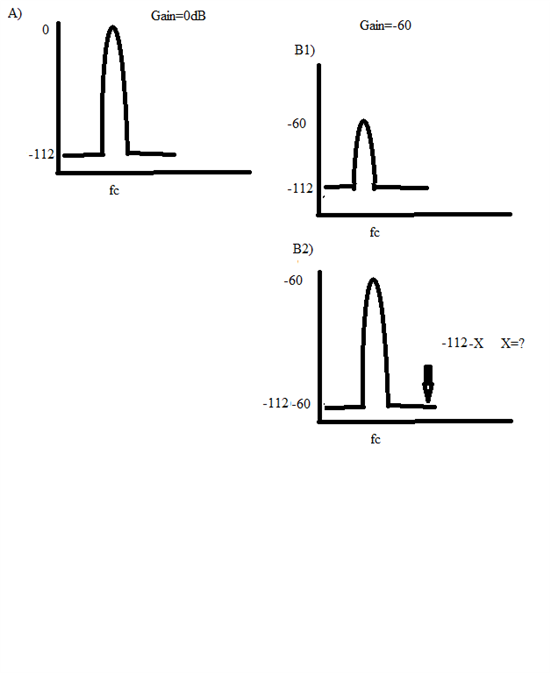Hi
My question is related to the dynamic range (DR) of the DAC of an audio codec such as PCM3060.
In PCM3060 (for instance) the DR of the DAC is 112dB. There is also an internal volume control between 0 to -100dB.
If I've understood well, the dynamic range is given when the volume is set to 0dB. The question is if the volume reduces to -100dB (for example), how the DR changes?
In another word, does the level of floor noise remain constant and we will have a dynamic range equal to 112-100=12dB? Or the level of floor noise also reduces with the reduction of the volume?
- Second related question:
When the volume is 0 the DR is said to be equal 112dB. The DAC is 24bit thus in theory the dynamic range is 144dB.
Does is mean that the first 5 LSB of the DAC {(144-112)/6.02=5.3} are not usable? and if a signal is only represented by 5 bits the output analog signal is not distinguishable from the floor noise?
Thanks,
Behnam


